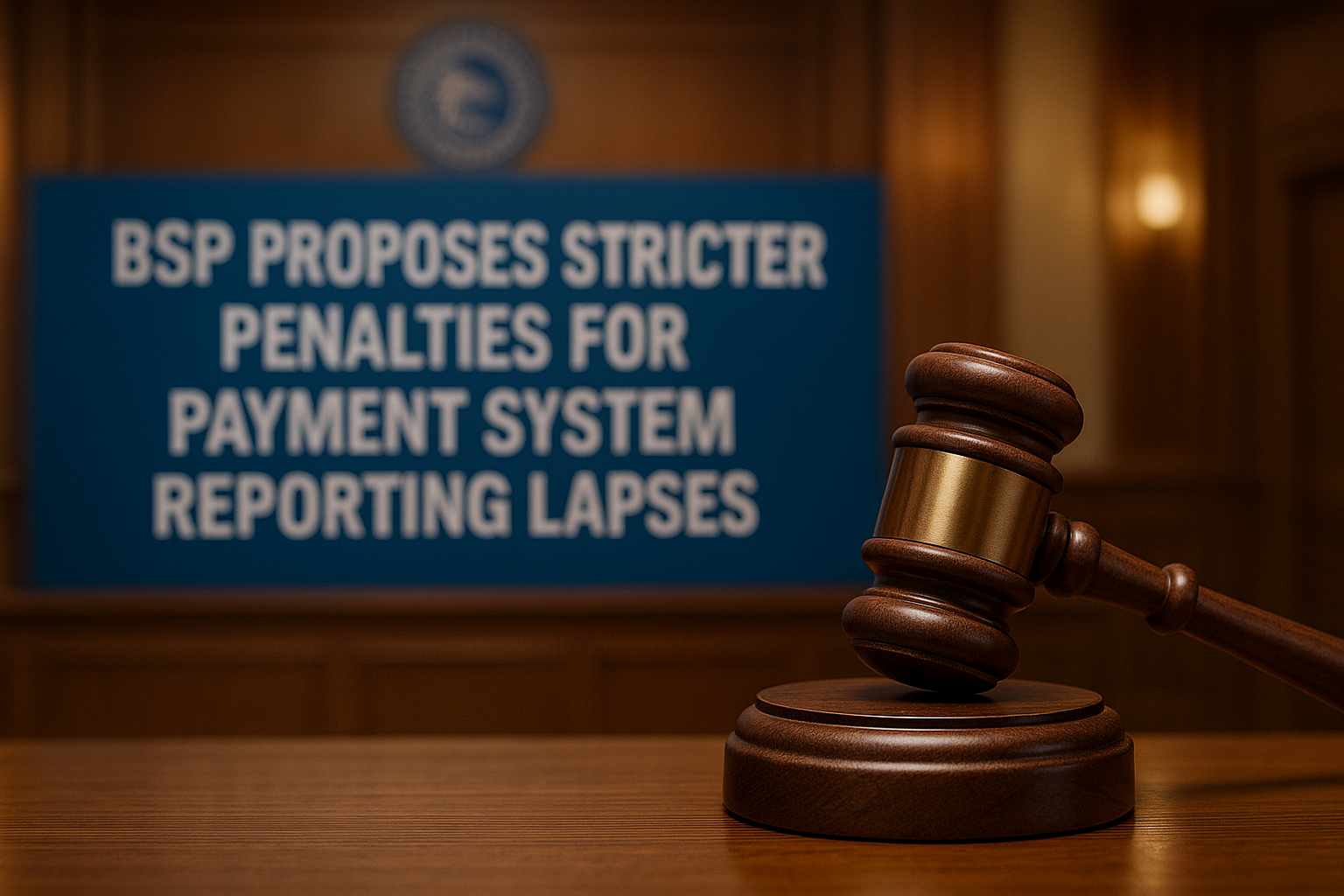What is Sanctions Screening? Why It Is Required and Solutions
.svg)
In the intricate world of banking and finance, sanctions screening stands as a critical compliance process. This procedure involves checking customer and transaction data against lists of sanctioned individuals, entities, and countries to prevent illicit financial activities. Sanctions screening is not just a regulatory requirement; it's a crucial step in safeguarding financial institutions from the risks of money laundering and terrorist financing.
In a report by the Bank for International Settlements, it's noted that over the past decade, the volume of global transactions subjected to sanctions screening has increased exponentially. This surge underscores the growing complexity and importance of effective sanctions screening in the banking sector.
Banks and financial institutions are at the forefront of this operation, given their pivotal role in the global financial system. They are required to have robust mechanisms to screen transactions and customer relationships against these lists to prevent money laundering and the financing of terrorism. The process involves continuously updating and cross-referencing customer data with the latest sanctions lists, which are often dynamic and can change rapidly in response to international political and economic events.
What is Sanction Screening?
Sanctions screening, or AML sanctions screening, refers to the process of vetting clients and transactions against global sanctions lists. These lists are compiled by various international bodies and governments to identify individuals, organizations, or countries involved in activities like terrorism, drug trafficking, and other criminal acts.
Importance in the Banking Sector
For banks and financial institutions, sanction screening is a non-negotiable part of their AML (Anti-Money Laundering) compliance program. It ensures that they are not inadvertently facilitating illegal activities by doing business with sanctioned parties. This process is not only about compliance but also about protecting the integrity of the financial system.
Why is Sanction Screening Required?
Sanction Screening is highly important in today's global economy. Regulatory bodies worldwide, including the Financial Action Task Force (FATF), the Office of Foreign Assets Control (OFAC) in the United States, and the European Union, impose sanctions as a means to achieve foreign policy and national security objectives. These sanctions can be comprehensive, targeting entire countries, or they can be selective, targeting specific individuals, entities, or industries.
The FATF says that without proper sanction screening, the financial system is vulnerable to abuse for money laundering and terrorist financing. The stakes are high – failure to comply with these regulations can lead to penalties reaching millions of dollars. For instance, in 2019, a European bank was fined over $1.3 billion for violating sanctions and anti-money laundering (AML) laws.
Failure to comply with these sanctions can result in severe penalties, including hefty fines, reputational damage, and in extreme cases, the revocation of banking licenses. Thus, sanction screening is a critical tool for managing financial risk, maintaining regulatory compliance, and preserving the integrity of the global financial system.
Sanctions screening serves several critical purposes:
- Compliance with Regulatory Requirements: Banks have to follow certain laws that say they need to check their customers against lists of people and companies that aren't allowed to do certain financial activities. If banks don't do this, they could get into big trouble, like having to pay a lot of money as a penalty or facing legal problems.
- Meeting Global Standards: There are rules set by international groups, like the Financial Action Task Force (FATF), that banks need to follow. Sanctions screening helps banks make sure they are doing things the way these international rules say they should.
- Fighting Money Laundering: Money laundering is when people try to make money from crimes look like it came from a legal source. Banks use sanctions screening to check transactions and stop money laundering, especially if it involves people or companies that are not allowed to do certain financial activities.
- Preventing Funding for Terrorism: It's really important for banks to use sanctions screening to find and stop any money transfers that could be used to support terrorist activities. This helps in making sure that money from the bank is not used for harmful purposes.
{{cta-first}}
PEP and Sanctions Screening
Politically Exposed Persons (PEPs) represent a specific category in AML screening. PEPs are individuals who are or have been entrusted with prominent public functions, and as a result, they pose higher risks due to their position and the potential for them to be involved in bribery and corruption. Screening for PEPs is a crucial part of the sanctions screening process, as it helps in identifying and managing risks associated with these high-profile individuals.
PEP screening goes beyond just checking against sanction lists. It includes a thorough analysis of the individual's background, their financial transactions, and their relationships to detect any potential red flags that might indicate illicit activities.
Understanding PEP Screening
Who are PEPs? Politically Exposed Persons (PEPs) are people who have high-profile roles in government or public life. Because of their positions, they might be more likely to be involved in corruption or bribery.
When banks screen for PEPs, they are making sure they know who they are dealing with. This is to prevent the bank from accidentally being part of corruption or illegal activities.
Combining PEP and Sanctions Screening
Many banks and financial institutions do both PEP and sanctions screening together. This way, they get a complete picture of the risks involved with each client.
Banks do more detailed checks for clients who are PEPs or are on sanctions lists. They look closely at where the client's money comes from and what they use it for, to ensure everything is legal and above board.
How to Maintain Sanctions Screening Compliance?
Maintaining compliance with sanctions screening regulations is a dynamic and challenging task. Financial institutions must ensure that their screening processes are thorough, up-to-date, and capable of adapting to the ever-changing nature of global sanctions lists. This involves implementing strong internal policies, procedures, and controls. Regular staff training, continuous monitoring, and audits are also essential to ensure compliance.
Additionally, banks must invest in technology and systems that can efficiently handle the volume and complexity of the screening tasks. This includes maintaining updated databases, automating the screening processes, and implementing tools for effective risk assessment and decision-making.
Maintaining compliance in sanctions screening is a dynamic and ongoing process. Here’s how institutions can achieve this:
Regular Updates to Sanctions Lists
Sanctions lists can change often. It's important for banks to keep track of these updates and make sure they are using the latest information in their checks.
Comprehensive Screening Procedures
Banks need to screen not just new clients, but also all the transactions and business dealings they have, even with customers they've had for a long time. This makes sure that no risky transactions slip through the cracks.
Training and Awareness
Learning is Key. It's really important for bank staff to have regular training on how to follow anti-money laundering (AML) rules and do sanctions screening correctly. This helps them do their job well and keeps the bank safe from risks.
Record Keeping and Reporting
Banks should keep detailed records of how they screen clients and make decisions. This is important because if someone checks how the bank is doing its job (like during an audit), these records show that the bank is following the rules properly.
Technological Challenges in Sanctions Screening
One of the major challenges in sanctions screening is the technological aspect. The volume of transactions and the complexity of global sanctions lists demand sophisticated technology solutions. Traditional manual screening methods are no longer viable due to their time-consuming nature and the high risk of human error.
Moreover, false positives – where legitimate transactions are incorrectly flagged as suspicious – are a common problem. They can lead to unnecessary delays and customer dissatisfaction. Banks must balance the need for thorough screening with the need for efficiency and customer service excellence.
- Keeping Up with Evolving Technology: The fast pace of technological advancement presents a challenge in keeping screening tools up-to-date.
- Data Management and Quality: Ensuring the accuracy and quality of data used in screening processes is a significant challenge.
- Integration with Existing Systems: Effectively integrating sanctions screening tools with existing banking systems can be complex and resource-intensive.
- False Positives and Efficiency: Balancing the sensitivity of screening tools to minimize false positives while maintaining efficiency is a key challenge.
Role of AI in Sanction Screening Compliance
Artificial Intelligence (AI) is revolutionizing sanctions screening. A report by Deloitte highlights that AI can reduce false positives by up to 60%. AI, with its ability to process large volumes of data and learn from patterns, can significantly enhance the efficiency and accuracy of the screening processes. Machine learning algorithms can be trained to identify and flag potential risks, reduce the number of false positives, and adapt to changes in sanctions lists more quickly than traditional systems.
AI can also assist in PEP screening by analyzing vast amounts of unstructured data, such as news articles and public records, to identify risks that might not be evident through traditional methods.
- Automated Data Analysis: AI can process vast amounts of data quickly, identifying potential risks with greater accuracy and less human error.
- Reducing False Positives: AI algorithms can learn from past decisions, helping to reduce the number of false positives and improving operational efficiency.
- Evolving with Risks: AI systems can adapt to changing patterns of financial crime, ensuring that screening remains effective over time.
- Continuous Surveillance: AI enables real-time monitoring of transactions, providing immediate alerts to suspicious activities.
Read More: Understanding the Role of Technology in Sanctions Screening
Tookitaki Tools for Sanctions Screening
Tookitaki offers innovative solutions to enhance the effectiveness of sanctions screening. Tookitaki's AML Smart Screening product offers a comprehensive approach to customer screening, aimed at enhancing the safety and efficiency of financial transactions. Here are the key aspects of this product:
- Comprehensive Customer Screening: It enables the growth of customer bases with continuous and accurate screening against various watchlists like sanctions, PEP, and adverse media.
- Enhanced Onboarding and Risk Detection: The product facilitates rapid customer onboarding with minimal risk by leveraging a powerful screening engine that detects risky customers in real time.
- Reputational Risk Mitigation: It offers protection against reputational damage through extensive screening coverage, employing over 50 name-matching techniques and supporting multiple customer attributes and all types of watchlists.
- Real-Time Payment Security: The solution ensures secure expansion of both domestic and cross-border payments with real-time screening, along with secure and seamless merchant acquisition.
- Advanced AI/ML Solution: The AML Smart Screening uses AI and machine learning to detect risky customers and transactions, supporting both real-time and batch screening for onboarding and ongoing due diligence.
- Customizable Solution: It can be tailored to meet specific organizational needs, aligning with individual compliance policies and risk tolerances.
- Integration with Various Data Sources: The product integrates with multiple internal and external data sources, including various watchlist and sanction screening databases.
- Effective Handling of False Positives: Advanced matching algorithms, including fuzzy matching, are employed to generate accurate screening hits and reduce false positives significantly.
- Suitability for Diverse Sectors: AML Smart Screening is adaptable for financial institutions across various sectors and regulatory environments, allowing customization to specific compliance requirements.
This combination of features makes Tookitaki's AML Smart Screening a robust tool for organizations looking to enhance their anti-money laundering efforts and customer screening processes.
Final Thoughts
Sanctions screening is a critical component of modern banking, essential for maintaining compliance and preventing financial crimes. The challenges in this domain are significant, ranging from keeping up with regulatory changes to managing technological advancements.
The role of AI in enhancing compliance is becoming increasingly important, offering solutions that are more accurate, efficient, and adaptable. Tools like those provided by Tookitaki represent the forefront of this evolution, offering financial institutions the means to stay ahead in the ever-changing landscape of global finance and compliance.
Experience the most intelligent AML and fraud prevention platform
Experience the most intelligent AML and fraud prevention platform
Experience the most intelligent AML and fraud prevention platform
Top AML Scenarios in ASEAN

The Role of AML Software in Compliance









.png)